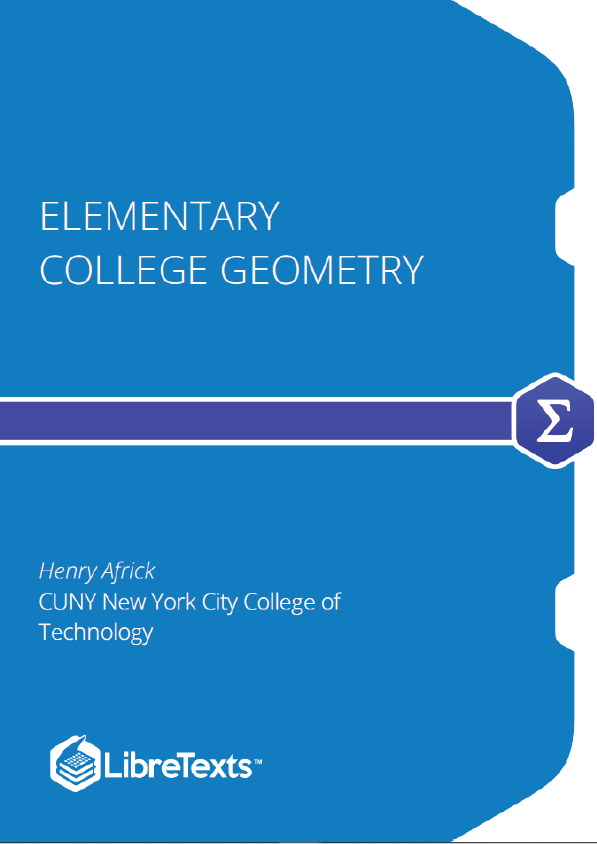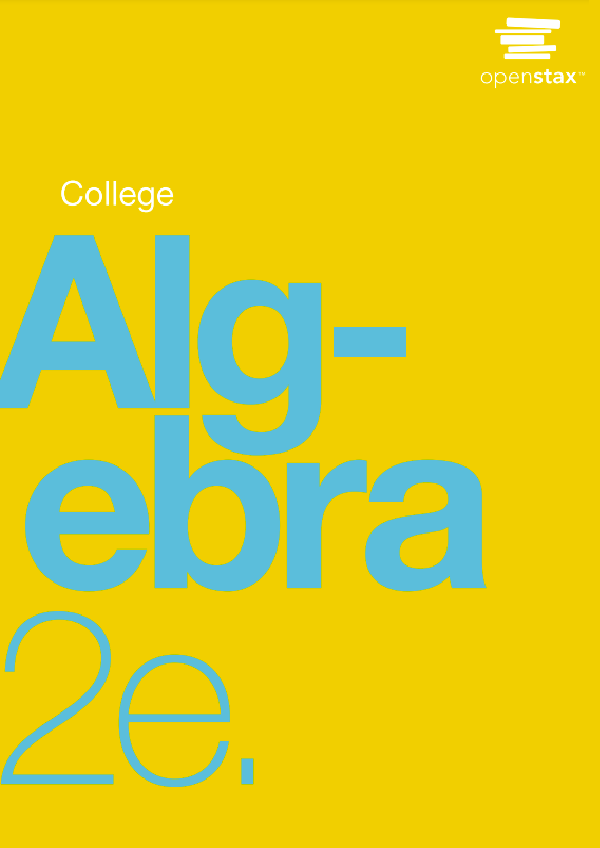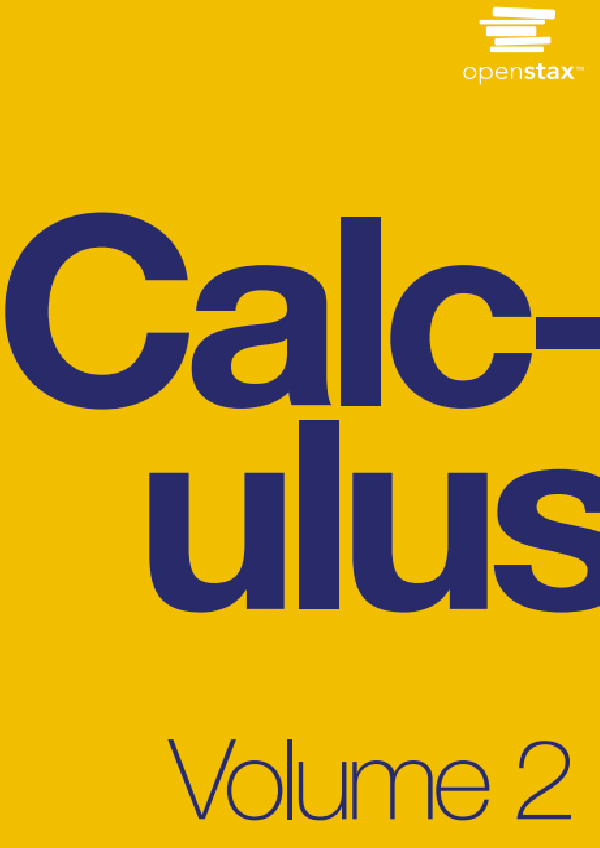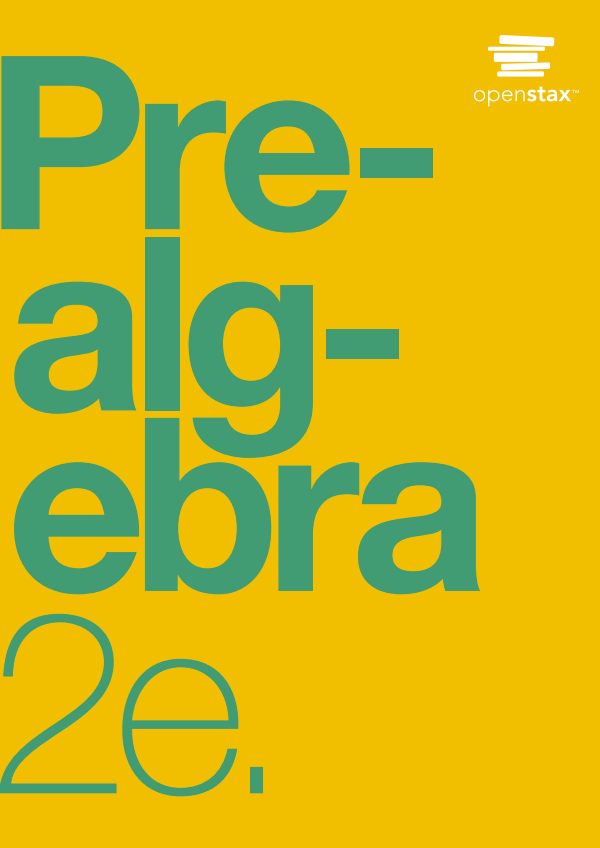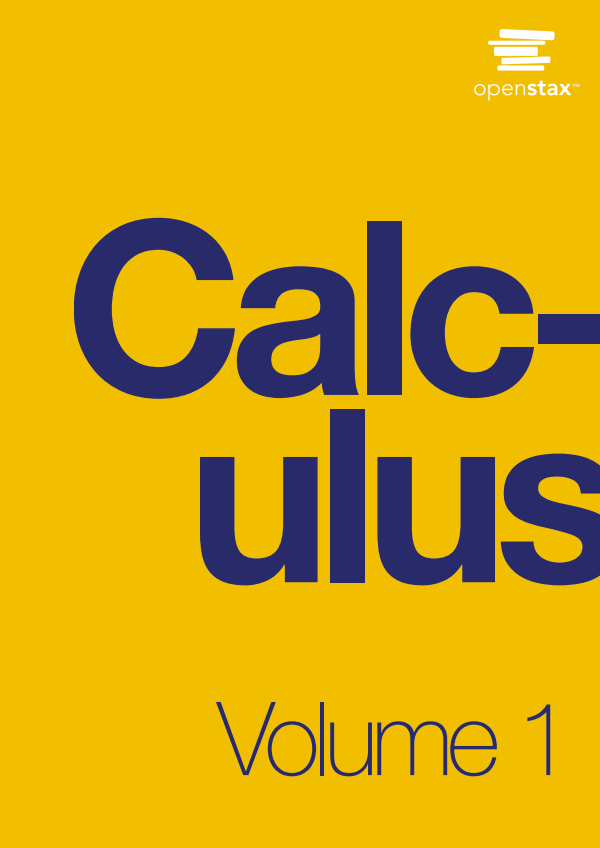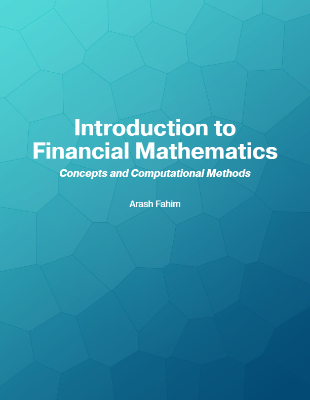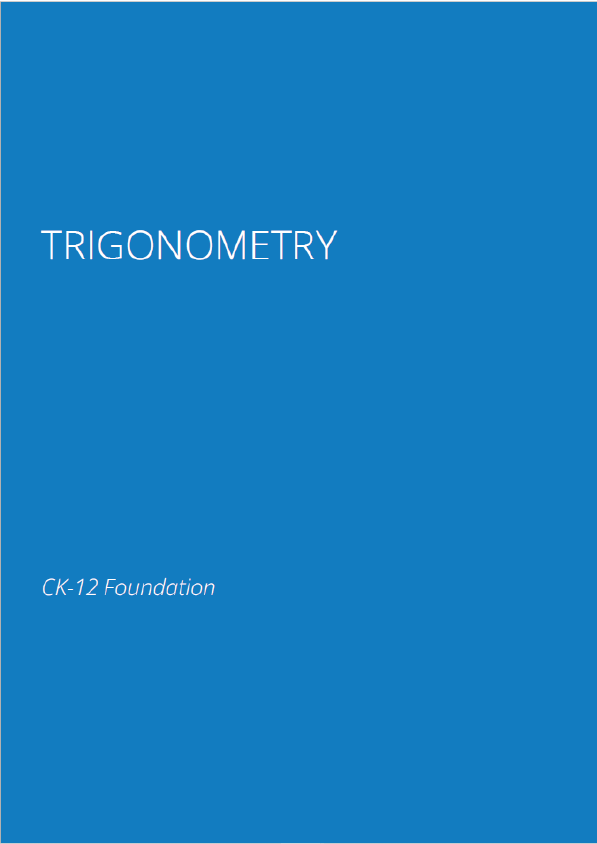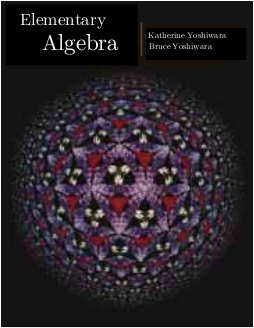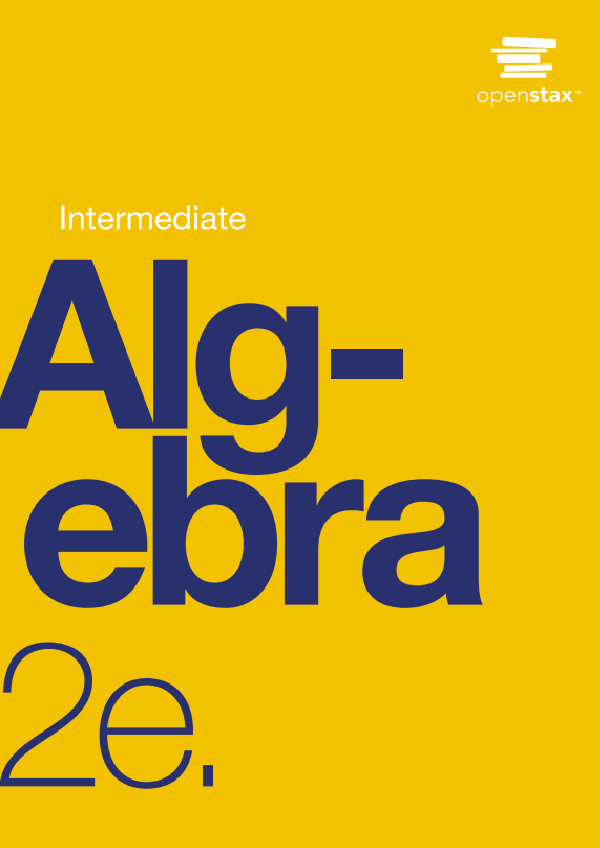This text is intended for a brief introductory course in plane geometry. It covers the topics from elementary geometry that are most likely to be required for more advanced mathematics courses. The only prerequisite is a semester of algebra. The emphasis is on applying basic geometric principles to the numerical solution of problems. For this purpose the number of theorems and definitions is kept small. Proofs are short and intuitive, mostly in the style of those found in a typical trigonometry or precalculus text. There is little attempt to teach theorem-proving or formal methods of reasoning. However the topics are ordered so that they may be taught deductively.
Lines
Geometry (from Greek words meaning earth-measure) originally developed as a means of surveying land areas, In its simplest form, it is a study of figures that can be drawn on a perfectly smooth flat surface, or plane. It is this plane geometry which we will study in this bock and which serves as a foundation for trigonometry, solid and analytic geometry, and calculus.
The statement “vertical angles are always equal” is an example of a theorem. A theorem is a statement which we can prove to be true, A proof is a process of reasoning which uses statements already known to be true to show the truth of a new statement, A example of a proof is the discussion preceding the statement “vertical angles are always equal.” We used facts about supplementary angles that were already known to establish the new statement, that “vertical angles are always equal.”
Ideally we would like to prove all statements in mathematics which we think are true. However before we can begin proving anything we need some true statements with which to start. Such statements should be so self-evident as not to require proofs themselves, A statement of this kind, which we assume to be true without proof, is called a postulate or an axiom. An example of a postulate is the assumption that all angles can be measured in degrees. This was used without actually being stated in our proof that “vertical angles are always equal,”
Theorems, proofs, and postulates constitute the heart of mathematics and we will encounter many more of them as we continue our study of geometry.
The parallel postulate given earlier in this section is the equivalent of the fifth postulate of Euclid’s Elements. Euclid was correct in assuming it as a postulate rather than trying to prove it as a theorem, However this did not become clear to the mathematical world until the nineteenth century, 2200 years later, In the interim, scores of prominent mathematicians attempted unsuccessfully to give a satisfactory proof of the parallel postulate. They felt that it was not as self-evident as a postulate should be, and that it required some formal justification.
